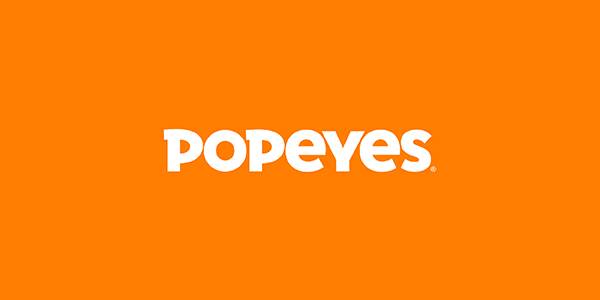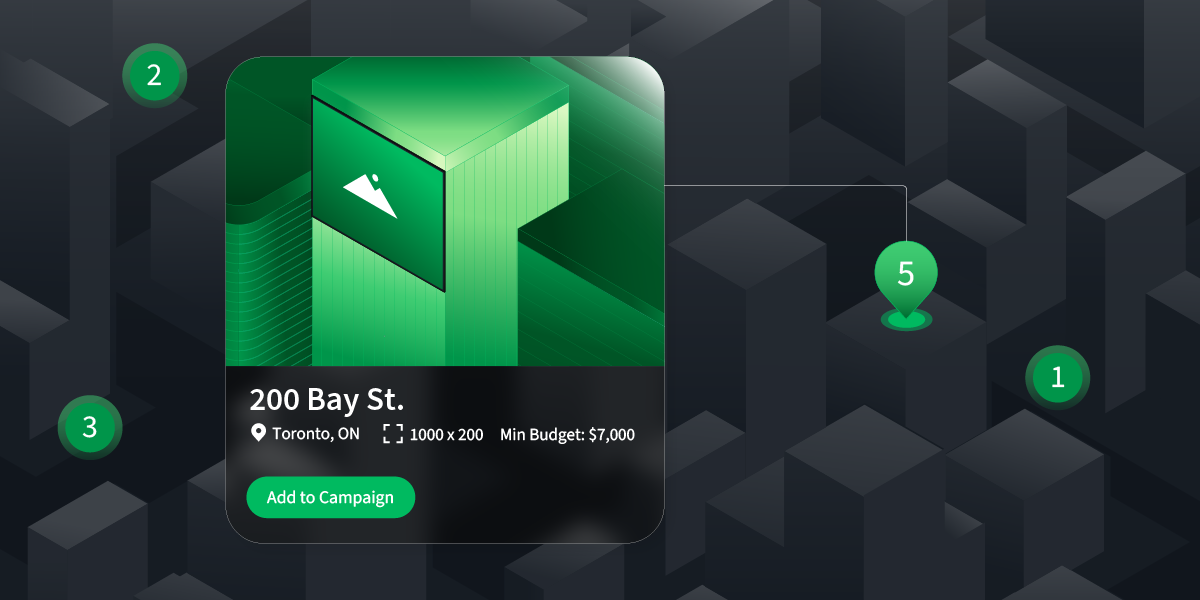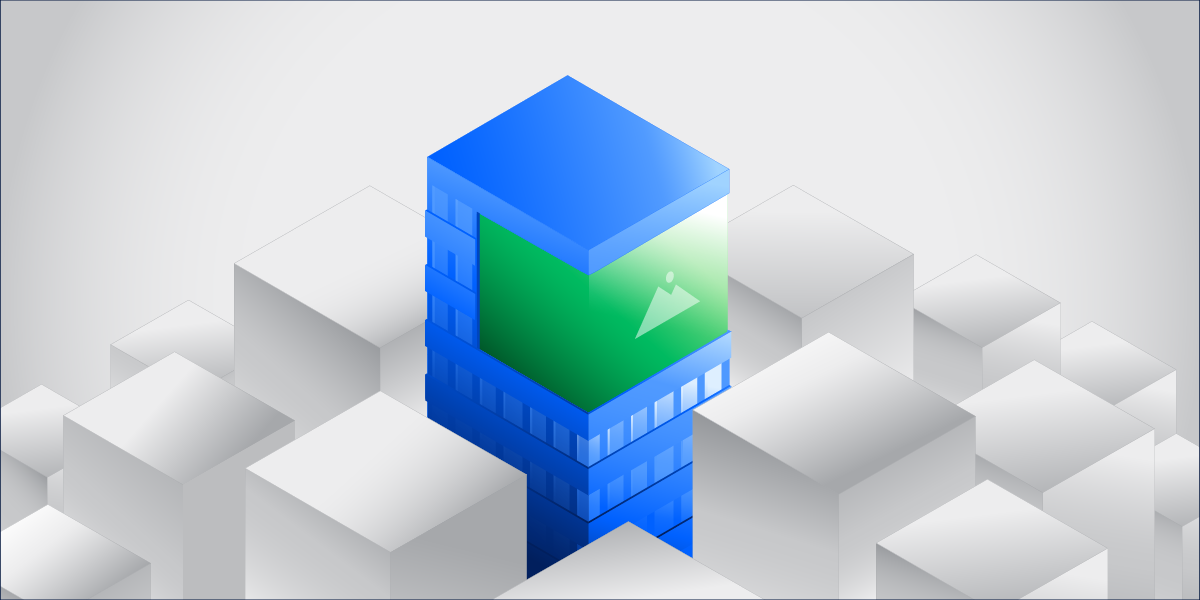The AI Advertising Podcast: S2
Episode 2
How AI is Supercharging Digital Out-of-Home Advertising

About This Episode
Digital Out-of-Home (DOOH) advertising is having a major comeback—and artificial intelligence is the reason why.
This episode explores how AI is transforming DOOH into one of the most dynamic and measurable ad channels today.
Cristiano Winckler | Director of Operations and Digital Marketing, Somebody Digital
Nick Ortega | Director DOOH and Emerging Channels, StackAdapt
Transcript
Diego Pineda (00:00:00)
Digital out-of-home advertising, or DOOH is one of the fastest-growing channels in the ad industry. According to eMarketer, Digital out-of-home will grow at a rapid 7.6% compound annual growth rate over the next four years. And here’s the kicker: audiences like it.
A study found that 73% of U.S. consumers view Digital out-of-home ads favorably—that’s higher than video ads at 50% and social media ads at 48%.
Even more importantly: Digital out-of-home drives action. In one study, 51% of people who saw a Digital out-of-home ad with directions to a nearby store actually visited the business—and 93% of those visitors made a purchase.
So the opportunity is clear. But what’s making this channel so powerful today is artificial intelligence. AI is transforming how Digital out-of-home campaigns are planned, bought, measured, and optimized.
To unpack how this works, I spoke with two experts: Cristiano Winckler, Director of Operations and Digital Marketing at Somebody Digital, a full service digital agency in the UK And Nick Ortega, Director of DOOH and Emerging Channels at StackAdapt.
Let’s get into it.
Podcast Intro (00:01:18)
Welcome to the AI Advertising Podcast, brought to you by StackAdapt. I’m your host, Diego Pineda. Get ready to dive into AI, Ads, and Aha moments.
Diego Pineda (00:01:33)
First, let’s hear from Cristiano Winckler. He explains why Digital out-of-home’s rapid growth wouldn’t be possible without AI.
Cristiano Winckler (00:01:40)
Without AI, I don’t think digital out of home would be so successful, and I think that’s what’s impacting this fast adoption that we see of digital out-of-home. Number one, it allows us to measure things more accurately, which was very, very difficult to do with the traditional out-of-home channels before, right?
You can use mobile advertising IDs and based on a one-to-many meaning, it is not to the actual ID, but, but when you group certain IDs, when you have many IDs, you can build profiles of audiences that have actually seen your ads on different locations, right? So that measurement and tracking is quite important.
With that in mind, once they’re able to measure and track that, you can then create audiences for retargeting campaigns and an omni-channel integration. You can build those audiences. You can then transfer that data to other channels, the traditional ones, social media, or you can do CTV. So it allows you to continue to engage with the target audience on a much more sophisticated way.
On top of that, AI allows a hyper-personalized experience. You can build campaigns and change creatives and adjust campaigns based on time of day, weather, geographical location, traffic, anything interesting that happened, any news that happened at a particular point in time that day. You can dynamically change the creatives and the ads to follow those trends.
It helps us bid more efficiently. Once you are able to analyze very large data sets with all this information, you can then build more efficient bidding strategies based on types of day, different types of ads, locations, and et cetera.
So, without AI and without all of these dynamic algorithms that help us optimize campaigns, I don’t think digital out-of-home would’ve been so successful. And I think that’s one of the main reasons why it keeps growing. And there’s a massive forecasting of being one of the main channels, from all, all out of home channels, digital out-of-home is the one that is growing the fastest.
Diego Pineda (00:03:48)
Nick Ortega from StackAdapt agrees. He’s seen how programmatic technology has made Digital out-of-home campaigns more measurable and integrated than ever before. One particular case was a campaign using the Sphere in Las Vegas.
Nick Ortega (00:04:02)
There’s one factor that brings challenges to digital out-of-home and that’s the fact that the screens aren’t owned by an individual user. They are owned by a media owner. So it becomes really challenging to be able to identify exactly who those users are who are being exposed to ads.
So you can imagine the sphere as being kind of like the anchor media owner, something unique, interesting. And then we had many different media owners around the sphere in Las Vegas at the time of AWS reinvent, which is an opportunity for our client at the time.
What StackAdapt brought to the table there was not only the ability to tap into the sphere, but also the programmatic inventory around it, as well as the ability to actually do some measurements. So we did brand lift measurement. So being able to measure the impact of this campaign from a brand lift standpoint. We also did retargeting, which is a capability which allows our advertisers to retarget exposed customers to the digital out of home ad on their mobile devices, whether that be mobile, CTV, display. And that’s really where the connected tissue I think is between digital out of home and more omnichannel based campaigns is you can retarget exposed digital out of home users on your other channels.
And then you could also use your other channels as a way to understand where audiences are physically and be able to look at digital out of home inventory around those physical locations and say, look, this is where you know we’re seeing our audiences aggregate around Boston, and it looks like a lot of them are going to TD Arena. So there’s like a lot of tie-ins back and forth. But yeah, there’s there’s been a significant advancement, I would say, in programmatic digital out of home over the last eight years or so in just making the inventory available and more actionable, measurable, and dynamic in terms of what you could do from a targeting perspective.
Diego Pineda (00:06:02)
So how does Digital out-of-home fit into today’s buyer journey? Let’s hear Cristiano’s perspective.
Cristiano Winckler (00:06:09)
The funnel as we traditionally imagine a top, middle, bottom where the funnel has changed already. So we have a trigger action that will get the target audience or the visitor or the individual to join the funnel. And they will be constantly jumping between evaluation, trying to get themselves educated on product, services and features until they actually have an outcome, which is either purchase or submitting a form. They will constantly jump in and out of that funnel. Evaluating and exploring, which are the two main, consideration stages that you’re gonna have in that funnel.
And digital out of home plays a massive part in bringing that audience back to the funnel on different touch points. Because you don’t get restricted to online activities anymore. You now capture the user intent and interest when they’re walking, when they’re out and about on the street, on the shopping center in a supermarket.
You can speed up that process of bringing them back to the funnel and help them with the exploration and evaluation stages. So it plays a massive part and allows us to do things that we were not able to do before because we would need them to go to a website or pull their mobile phones. You can now do that in a different way, exploring other means.
So it plays a massive part in the omnichannel integrated approach because it opens a new door that allows us to reengage with the target audience.
Diego Pineda (00:07:34)
That’s the value of digital out-of-home—it captures attention outside of digital screens and brings audiences back into the brand journey at key real-world moments.
Diego Pineda (00:07:47)
Cristiano also shared a great example of how AI and Digital out-of-home combine to create real impact.
Cristiano Winckler (00:07:54)
We had a campaign that we ran for a distillery company in the UK to sell gin. And part of that campaign was to show gin recipes on outdoors and digital out-of-home screens, right?
If the weather was rainy, we would then show recipes for a rainy day that would be more suitable for a rainy day. If it was a little bit colder, okay, let’s try and share recipes of warmer drinks that you would typically drink during winter time. If it’s sunny outside by all means, we should share recipes of refreshing drinks, as an example. So it allows yo to do that, and that’s only possible with AI. All those hybrid personalization elements that we can add to these campaigns.
It was quite a complex campaign, so we had to rely a lot on AI, for many elements of it, from conceptualization to execution, we had to rely on AI. So the mandate was… we had to sell two bottles per store on average, but we’re not talking about only the stores that we targeted. In general, and we’re talking about lots of stores for Sainsbury’s and Waitrose, right.
When we get the list of stores, number one job was to use AI to narrow down the actual locations for the ones that we would consider to have a higher footfall, a higher chance of reaching our target audience. We could not spread our budget too thin and target absolutely every store. So we had to focus on what we would, uh, theoretically consider to be the best performing one.
So we used AI to analyze that data and come up with the suggestions for the best stores. Once that was done we built our campaigns. The vast majority of the budget went to digital out of home. The strategy revolved around… we wanted to target… we came up with our target audience. We used first party data to build lookalike audiences, and then you need AI for that as well. To build lookalike audiences, you have to rely on algorithms that will cross-reference data and we’ll build that, that lookalike audience for you. That’s an in platform AI capability, but still AI, right?
And then another algorithm that once you build those, lookalike audiences, how can we utilize the same audiences on other platforms, social media, Google, and so on and so forth.
Once we start going after the target audience, lookalike audiences, if we see, if we identify that certain mobile advertising IDs saw our ads, and we strategically placed those screens and the ads at particular times of day where the target audience was supposed to go to the supermarket, no point in doing that at 3:00 PM for example. They’re coming back from work, they’re going to the supermarket to buy their groceries. So we had specific times of day that we believe would be more likely to get engagement in conversion. Also relying on AI data, exploring different possibilities and building different scenarios there. And that’s why we placed, those ads within one or two kilometers radios of certain stores. Once we detected that certain mobile advertising IDs saw our ads and those mobile advertising IDs were part of our target audience, we could then build remarketing audiences with that and retarget those individuals in real time. We will track which individuals could potentially enter the store. And this is not necessarily real time data. We have to use some probabilistic data there. But then retarget those mobile IDs, right? Advertising IDs with other campaigns. And then we’re talking about either CTV, we could do it late in the day, but inside the store, we could target them with display, banner, ads, programmatic, native programmatic, and so on and so forth.
So it was crucial. We also used that data once again for dynamic ad creation and personalization. And then we played a very, very important element in terms of measurement and building different scenarios on how is this campaign performing.
Purchasing data usually comes after 30 days. We had to run this campaign. We had four weeks to run this campaign, so we had a month. That means we would only get sales data after the campaign ended. So we had to think about what are these, what is the solution here? What metrics could we potentially utilize to measure or try and identify success and optimize campaigns accordingly?
Then we had to rely heavily on AI for that. We came up with a few benchmarks, for example, frequency. We know, as a rule of thumb for, for this industry, benchmarks specifically that individuals need to see or need to be in front of your ad five to seven times before they take action. So we were capturing that plus footfall. If we see that on a particular day, we had individuals that,were exposed to our ads nine or or 10 times, and the average in this campaign was seven, 9.7, but also had a footfall, meaning that followed a visit to the store. That’s gonna be likely to generate a sale. So we can isolate certain audience segments and certain ad segments that helped, that led to that store visit and do more of that, basically double down on, those specific times of days, audience or ads as well.
So that was a very important success metric for us. Avoiding guesswork and using a little bit of probabilistic stats to be able to measure success. I’m happy to say that that actually worked because what we thought would happen in terms of engagement and the subsequent sale, was confirmed once we got the sales data, we were able to hit the targets.
Diego Pineda (00:13:29)
The result? AI helped personalize the creative, maximize foot traffic, and validate results even before sales data came in.
Nick Ortega (00:13:40)
Digital Out of Home offers advertisers really like unmatched visibility on screens that consumers see throughout their entire out of home journey. So think billboards, transit ads, digital displays in malls, ride shares and tops of taxis.
And these are all high-impact channel boosts for brand credibility. It really complements digital campaigns with like mobile friendly interactions or being able to retarget like we were talking about before or being able to provide that precise targeting and performance measurement, really thanks to the evolution of programmatic digital out of home.
So like incorporating your multi-channel strategy helps you to maintain like the top of mind awareness and drives conversions both online and offline and delivers a seamless brand experience that resonates with this like on the go audience.
Diego Pineda (00:14:36)
Here’s what we’ve learned today:
AI is powering Digital out-of-home’s growth—enabling better targeting, personalization, and measurement.
Digital out-of-home isn’t just awareness—it’s a bridge in the consumer journey, pulling audiences back into the funnel.
And in an omnichannel world, Digital out-of-home acts as the connective tissue between physical moments and digital engagement.
With AI driving innovation, Digital out-of-home is becoming one of the most powerful tools for advertisers looking to combine scale, context, and impact.
Podcast Outro (00:15:13)
Thanks for listening to this episode of The AI Advertising Podcast. This podcast is produced by StackAdapt. Visit us at stackadpat.com for more information about using AI in your advertising campaigns. If you liked what you heard, remember to subscribe, and we’ll see you next time.





